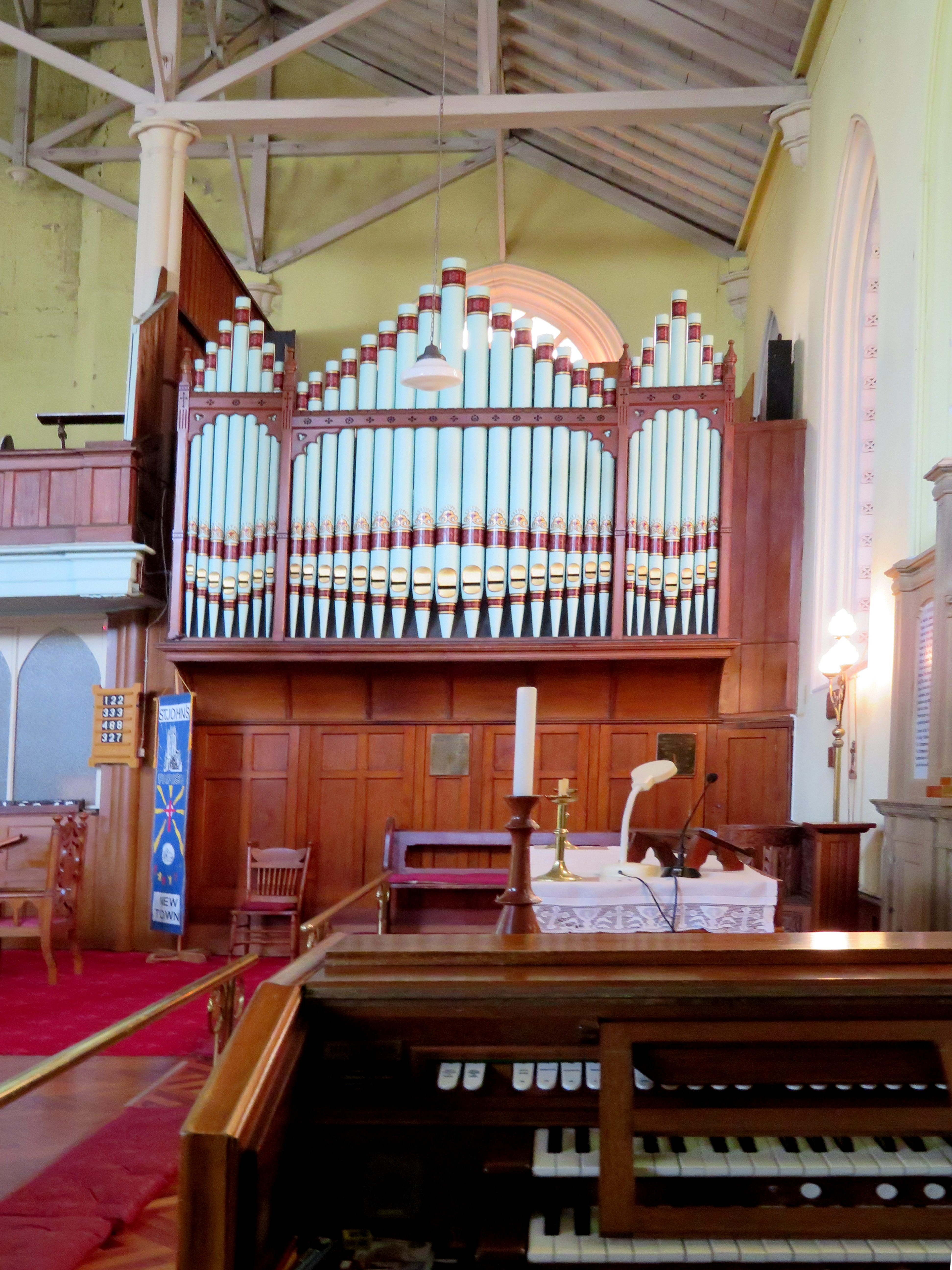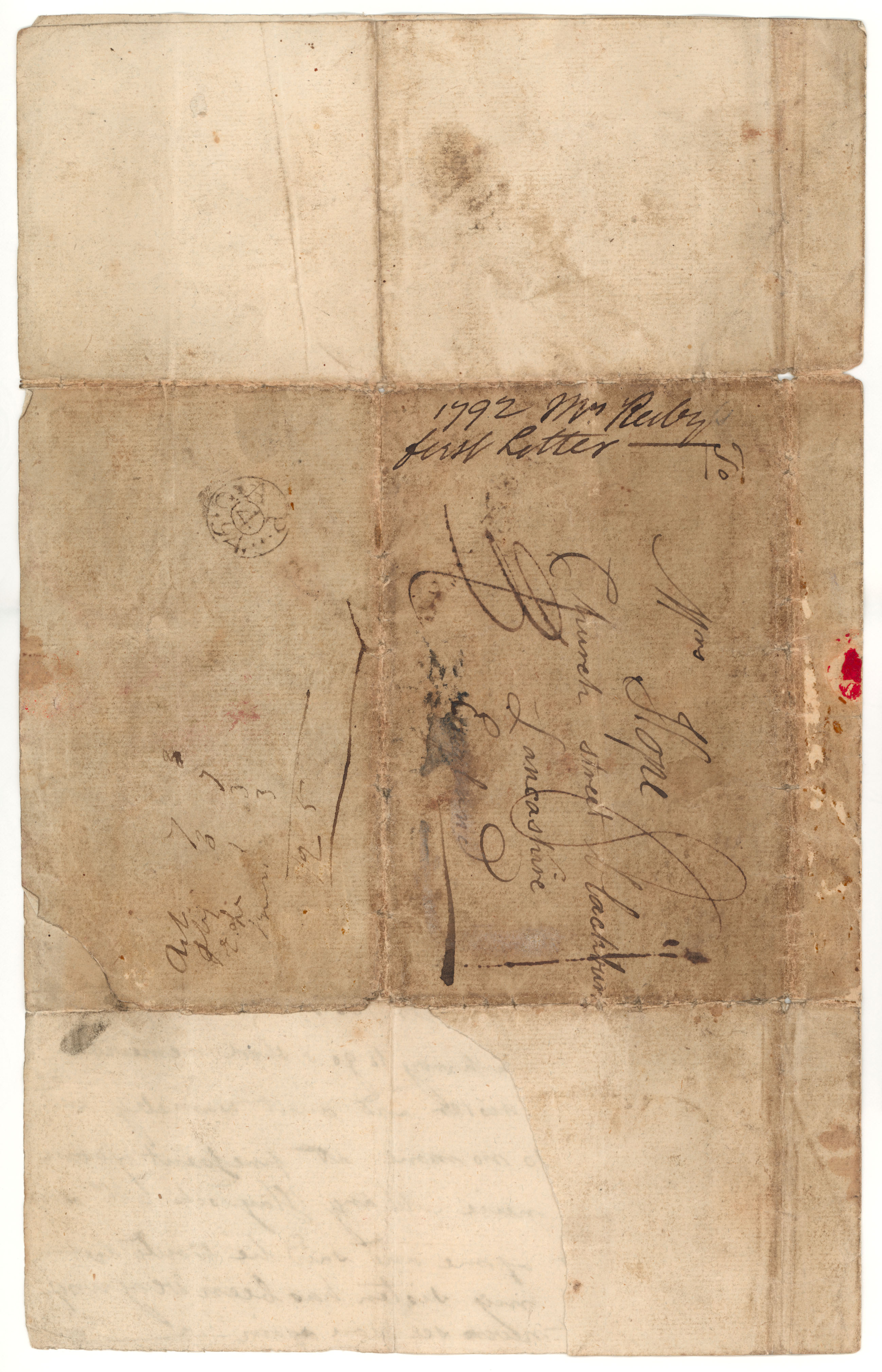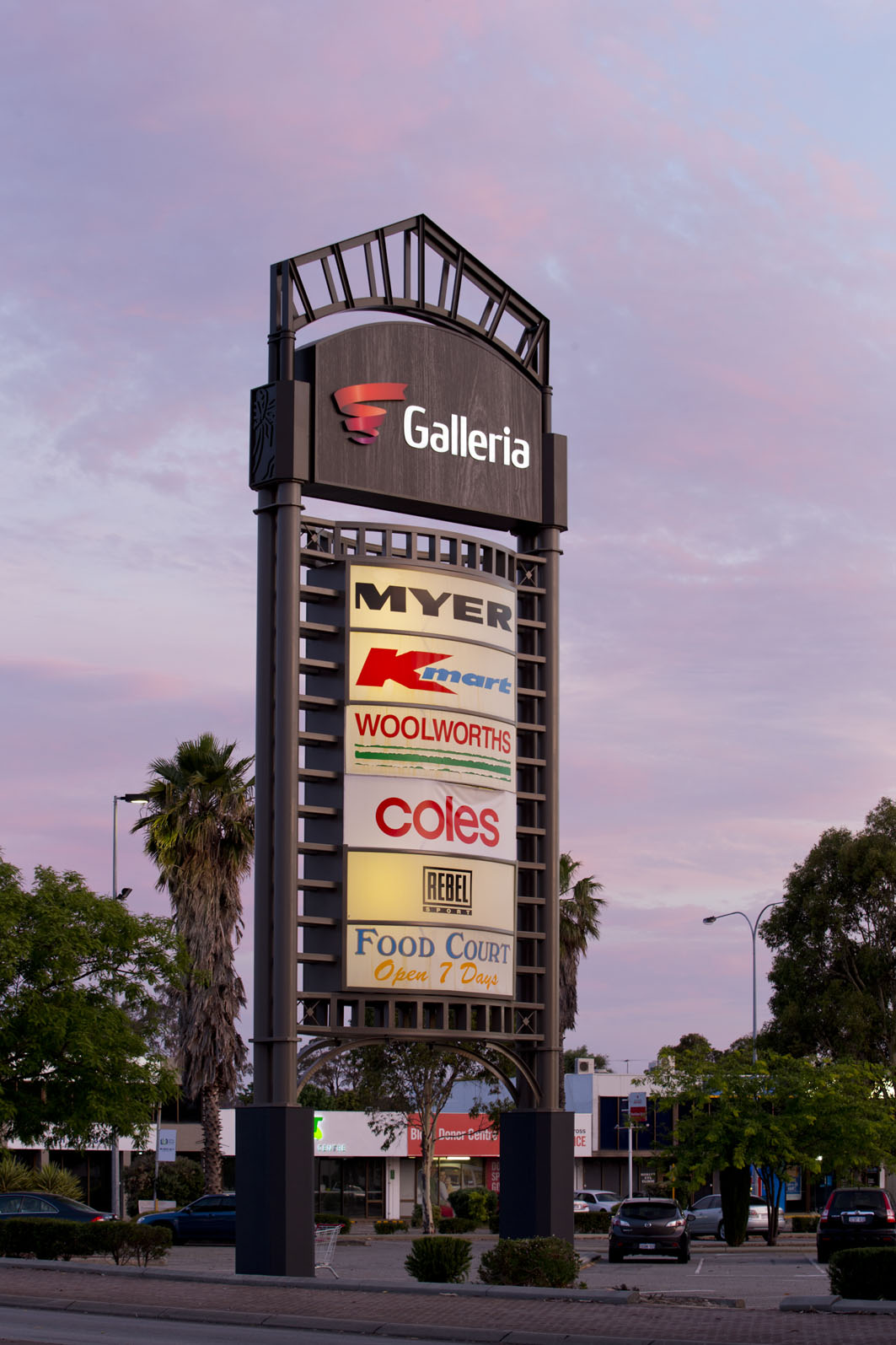|
New Town, Tasmania
New Town is a suburb of the city of Hobart, Tasmania, Australia, about north of the central business district of Hobart. It is generally considered Hobart's oldest suburb, settled just a week after Sullivan's Cove. It was historically the home of many of Hobart's wealthiest citizens, and New Town features a large number of grand residences, churches, and public buildings. The large farms were broken up following the world wars and it is now an inner city residential suburb. Many of its streets are lined with Federation style cottages. It is surrounded by the suburbs of North Hobart, Mount Stuart, Lenah Valley and Moonah, with the Queen's Domain just to the south-east. Most of the locality is within the Hobart local government area, with 2.5% within Glenorchy. History At the time of Hobart's re-settlement on the western shore of the Derwent River in 1804, the first free settlers were landed at New Town Bay a day after the military and convict landing on Hunter Island ... [...More Info...] [...Related Items...] OR: [Wikipedia] [Google] [Baidu] |
Division Of Clark (state)
The electoral division of Clark is one of the five electorates in the Tasmanian House of Assembly, it is located in Hobart on the western shore of the River Derwent and includes the suburbs below Mount Wellington. Clark is named after Andrew Inglis Clark, a Tasmanian jurist who was the principal author of the Australian Constitution. The electorate shares its name and boundaries with the federal division of Clark. The electorate was renamed from the electoral division of Denison in September 2018. Denison was named after Sir William Denison, who was Lieutenant Governor of Van Diemen's Land (1847–55), and Governor of New South Wales (1855–61). The renaming of the electorate to Clark was in line with the renaming of the federal division of Denison to Clark. Clark and the other House of Assembly electoral divisions are each represented by five members elected under the Hare-Clark electoral system (also named after Andrew Inglis Clark). History and electoral profil ... [...More Info...] [...Related Items...] OR: [Wikipedia] [Google] [Baidu] |
St John's Anglican Church, New Town
St John's Anglican Church is an Anglican church located in , Tasmania, Australia, is notable for its unbroken record of use as a parish church, from the first service on 20 December 1835 up to the present. The parish is administered by the Anglican Diocese of Tasmania. The building was designed by the Tasmanian government civil engineer and architect, Dublin-born John Lee Archer who had been appointed in 1826 and arrived in Hobart Town in August 1827. The church was built by labourers and tradespeople from amongst the convicts on the island. Since it is more than 180 years old the church contains many features that reflect the life and times of Hobart as it developed in the 19th and 20th centuries. History In 1830 there were plans for the construction in New Town of an orphanage and chapel (also known as the Orphan School or the Asylum). The "orphans" were children of convicts or Aboriginals and also young offenders. The Tasmanian governor George Arthur upgraded the plan ... [...More Info...] [...Related Items...] OR: [Wikipedia] [Google] [Baidu] |
Henry Hunter (architect)
Henry Hunter (1832–1892) was a prominent architect and civil servant in Tasmania and Queensland, Australia. He is best known for his work on churches. During his life was also at various times a state magistrate of Tasmania, a member of the Tasmanian State Board of Education, the Hobart Board of Health, a Commissioner for the New Norfolk Insane Asylum and President of the Queensland Institute of Architects. Life Hunter was born in Nottingham, England, son of Walter and Tomasina Hunter. His father was also an architect, and he studied the craft under his father before attending the Nottingham School of Design. He immigrated to Australia in 1848 with his two sisters and parents, originally settling in South Australia before moving to Tasmania. Upon the death of his parents 2–3 years after arrival in Australia, he moved to Tasmania where his older brother George Hunter, Archdeacon of St Joseph's, had already settled. Hunter spent a short period in the Victorian goldfields on h ... [...More Info...] [...Related Items...] OR: [Wikipedia] [Google] [Baidu] |
Mary Reibey
Mary Reibey née ''Haydock'' (12 May 177730 May 1855) was an English-born merchant, shipowner and trader who was transported to Australia as a convict. After gaining her freedom, she was viewed by her contemporaries as a community role model and became legendary as a successful businesswoman in the colony. Early life Reibey, baptised Molly Haydock, was born on 12 May 1777 in Bury, Lancashire, England. Following the death of her parents, she was reared by a grandmother and sent into service. She ran away, and was arrested for stealing a horse in August 1791. At the time, she was disguised as a boy and was going under the name of James Burrow. Sentenced to seven years' transportation, she arrived in Sydney, Australia, on the ''Royal Admiral'' in October 1792. Life and career in Australia On 7 September 1794, 17-year-old Mary married Thomas Reibey, after he had proposed to her several times; she finally agreed to marry the junior officer on the store ship ''Britannia''. Reibey ... [...More Info...] [...Related Items...] OR: [Wikipedia] [Google] [Baidu] |
Art Deco
Art Deco, short for the French ''Arts Décoratifs'', and sometimes just called Deco, is a style of visual arts, architecture, and product design, that first appeared in France in the 1910s (just before World War I), and flourished in the United States and Europe during the 1920s and 1930s. Through styling and design of the exterior and interior of anything from large structures to small objects, including how people look (clothing, fashion and jewelry), Art Deco has influenced bridges, buildings (from skyscrapers to cinemas), ships, ocean liners, trains, cars, trucks, buses, furniture, and everyday objects like radios and vacuum cleaners. It got its name after the 1925 Exposition internationale des arts décoratifs et industriels modernes (International Exhibition of Modern Decorative and Industrial Arts) held in Paris. Art Deco combined modern styles with fine craftsmanship and rich materials. During its heyday, it represented luxury, glamour, exuberance, and faith in socia ... [...More Info...] [...Related Items...] OR: [Wikipedia] [Google] [Baidu] |
Italianate Architecture
The Italianate style was a distinct 19th-century phase in the history of Classical architecture. Like Palladianism and Neoclassicism, the Italianate style drew its inspiration from the models and architectural vocabulary of 16th-century Italian Renaissance architecture, synthesising these with picturesque aesthetics. The style of architecture that was thus created, though also characterised as "Neo-Renaissance", was essentially of its own time. "The backward look transforms its object," Siegfried Giedion wrote of historicist architectural styles; "every spectator at every period—at every moment, indeed—inevitably transforms the past according to his own nature." The Italianate style was first developed in Britain in about 1802 by John Nash, with the construction of Cronkhill in Shropshire. This small country house is generally accepted to be the first Italianate villa in England, from which is derived the Italianate architecture of the late Regency and early Victorian eras. ... [...More Info...] [...Related Items...] OR: [Wikipedia] [Google] [Baidu] |
Federation Architecture
Federation architecture is the architectural style in Australia that was prevalent from around 1890 to 1915. The name refers to the Federation of Australia on 1 January 1901, when the Australian colonies collectively became the Commonwealth of Australia. The architectural style had antecedents in the Queen Anne style architecture, Queen Anne style and Edwardian architecture, Edwardian style of the United Kingdom, combined with various other influences like the Arts and Crafts style. Other styles also developed, like the Federation Warehouse style, which was heavily influenced by the Romanesque Revival style. In Australia, Federation architecture is generally associated with cottages in the Queen Anne style, but some consider that there were twelve main styles that characterized the Federation period. Definition and features The Federation period overlaps the Edwardian architecture, Edwardian period, which was so named after the reign of Edward VII of the United Kingdom, King Edwa ... [...More Info...] [...Related Items...] OR: [Wikipedia] [Google] [Baidu] |
Georgian Architecture
Georgian architecture is the name given in most English-speaking countries to the set of architectural styles current between 1714 and 1830. It is named after the first four British monarchs of the House of Hanover—George I, George II, George III, and George IV—who reigned in continuous succession from August 1714 to June 1830. The so-called great Georgian cities of the British Isles were Edinburgh, Bath, pre-independence Dublin, and London, and to a lesser extent York and Bristol. The style was revived in the late 19th century in the United States as Colonial Revival architecture and in the early 20th century in Great Britain as Neo-Georgian architecture; in both it is also called Georgian Revival architecture. In the United States the term "Georgian" is generally used to describe all buildings from the period, regardless of style; in Britain it is generally restricted to buildings that are "architectural in intention", and have stylistic characteristics that are typical o ... [...More Info...] [...Related Items...] OR: [Wikipedia] [Google] [Baidu] |
Colonial Architecture
Colonial architecture is an architectural style from a mother country that has been incorporated into the buildings of settlements or colonies in distant locations. Colonists frequently built settlements that synthesized the architecture of their countries of origin with the design characteristics of their new lands, creating hybrid designs. Below are links to specific articles about colonial architecture, specifically the modern colonies: Spanish colonial architecture Spanish Colonial architecture is still found in the former colonies of the Spanish Empire in the Americas and in the Philippines. In Mexico, it is found in the Historic center of Mexico City, Puebla, Zacatecas, Querétaro, Guanajuato, and Morelia. Antigua Guatemala in Guatemala is also known for its well-preserved Spanish colonial style architecture. Other cities known for Spanish colonial heritage are Ciudad Colonial of Santo Domingo, the ports of Cartagena, Colombia, and Old San Juan in Puerto Rico. ;North Ame ... [...More Info...] [...Related Items...] OR: [Wikipedia] [Google] [Baidu] |
Coles Myer
Coles Group Limited is an Australian public company operating several retail chains. Its chief operations are primarily concerned with the sale of food and groceries through its flagship supermarket chain Coles Supermarkets, and the sale of liquor and petrol through its Coles Liquor and Coles Express outlets. Since its foundation in Collingwood, Victoria in 1914, Coles has grown to become the second-largest retailer in Australia after its principal rival Woolworths in terms of revenue. Formerly known as Coles Myer Ltd. from 1985 to 2006, Coles Group was owned by Western Australian conglomerate Wesfarmers from 2007 until 2018, when it was spun-off, with it once again listed as an independent public company on the Australian Stock Exchange, containing Coles Supermarkets, Coles Online, Coles Express, Coles' liquor division, Coles' financial division and Flybuys. History Coles In 1914, the first Coles "variety store" was opened in Melbourne. Coles was founded in 1914 by Ge ... [...More Info...] [...Related Items...] OR: [Wikipedia] [Google] [Baidu] |
Kmart Australia
Kmart Australia Limited ( /ˈkeɪmɑːrt/ ''KAY-mart'', doing business as Kmart, Kmart Australia, Kmart New Zealand and Kmart Australia And New Zealand and stylised as ''Kmart'') is an Australian chain of department stores owned by the Kmart Group division of Wesfarmers. The company operates 323 stores across Australia and New Zealand, with its head office located in Mulgrave, Melbourne. Kmart Group, the department store division of Wesfarmers, also owns and operates Target Australia and online retailer Catch.com.au. History Kmart Australia Limited was born out of a joint venture between G.J Coles & Coy Limited (Coles) and the S.S. Kresge Company which was the company that operated Kmart stores in the United States. Kresge owned 51% of the common stock in the company and Coles owned the remaining 49%, together they began to develop Kmart stores in Australia in 1968. The first store opened in Burwood East a suburb of Melbourne, Victoria on 30 April 1969 with an estimated 40 ... [...More Info...] [...Related Items...] OR: [Wikipedia] [Google] [Baidu] |
Vicinity Centres
Vicinity Centres , previously known as Federation Centres and Centro Properties Group, is an Australian Real Estate Investment Trust specialising in ownership and management of Australian shopping centres. As at December 2021, it had stakes in 60 shopping centres. It is headquartered at Chadstone Shopping Centre in Melbourne. History Vicinity Limited was established by diversified property construction Jennings Industries on 18 February 1985 as Jennings Properties, and listed on the on the Australian Securities Exchange. In January 1991, it was renamed Centro Properties. In September 1997, Centro was restructured to become a stapled security structure named Centro Properties Group. Centro was a stapled security comprising one unit in Centro Property Trust (CPT) stapled to one share in Centro Properties Limited (CPL). CPT is the owner of Centro's interests in the properties and CPL, along with its subsidiaries, provides management services to CPT. In September 1999, Ce ... [...More Info...] [...Related Items...] OR: [Wikipedia] [Google] [Baidu] |



_interior.jpg)

Caerleon-3.jpg)

